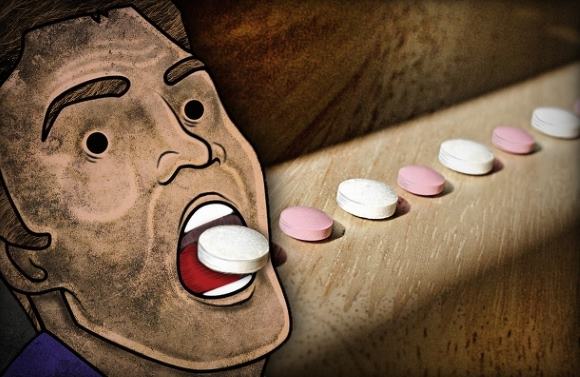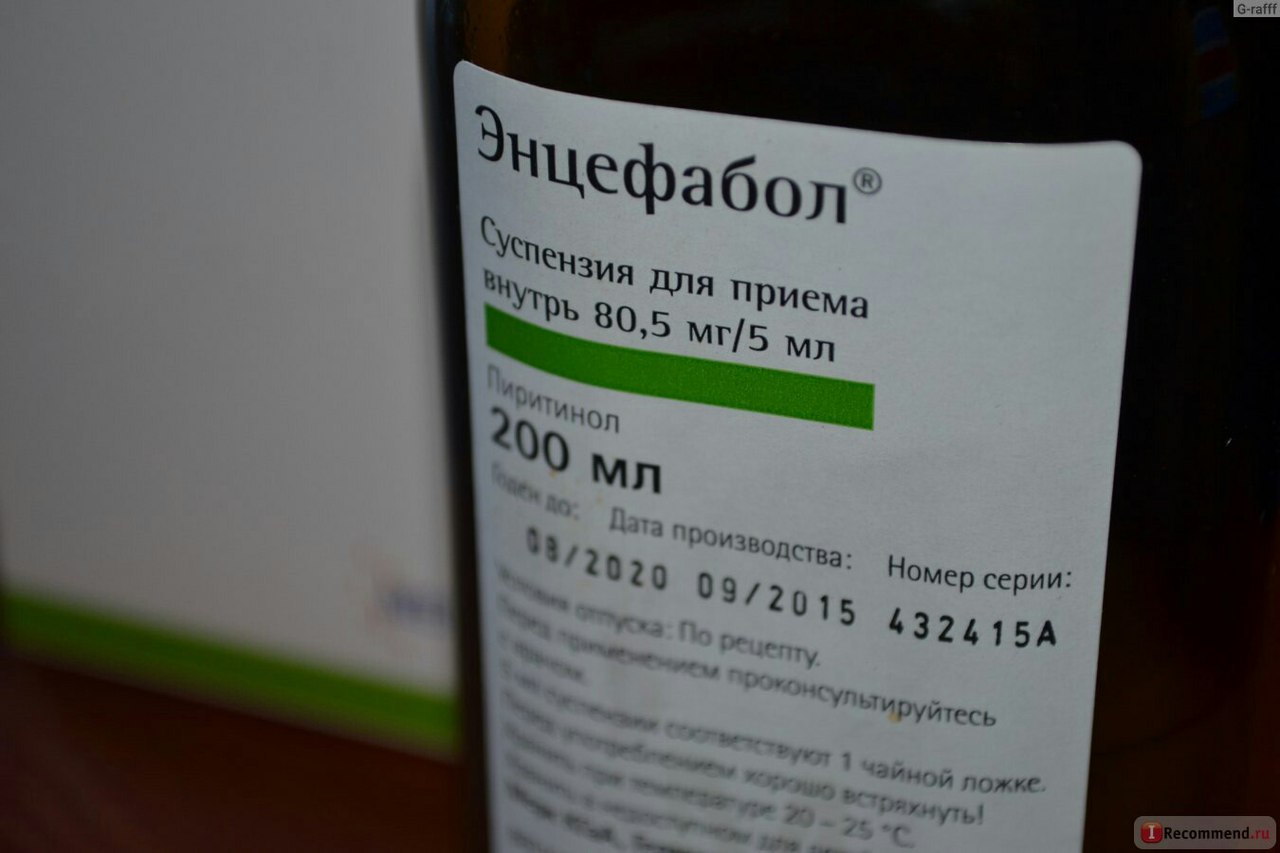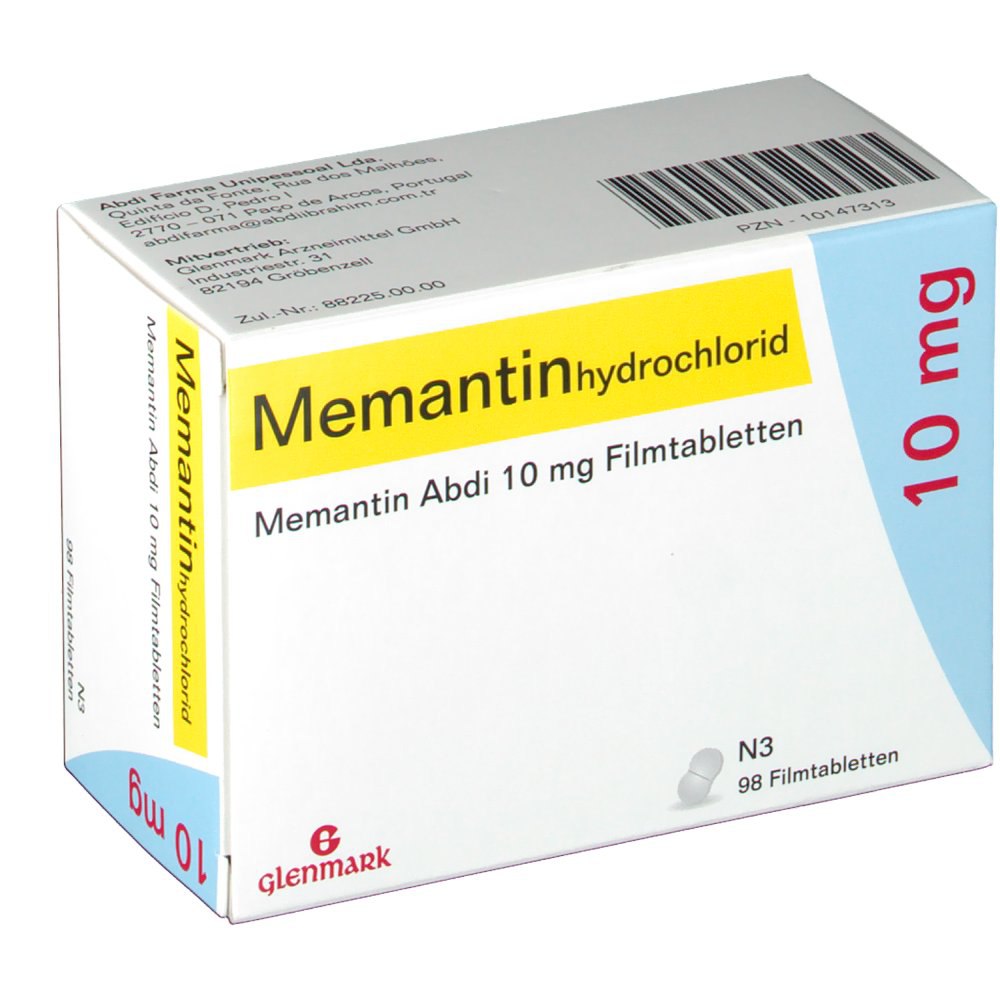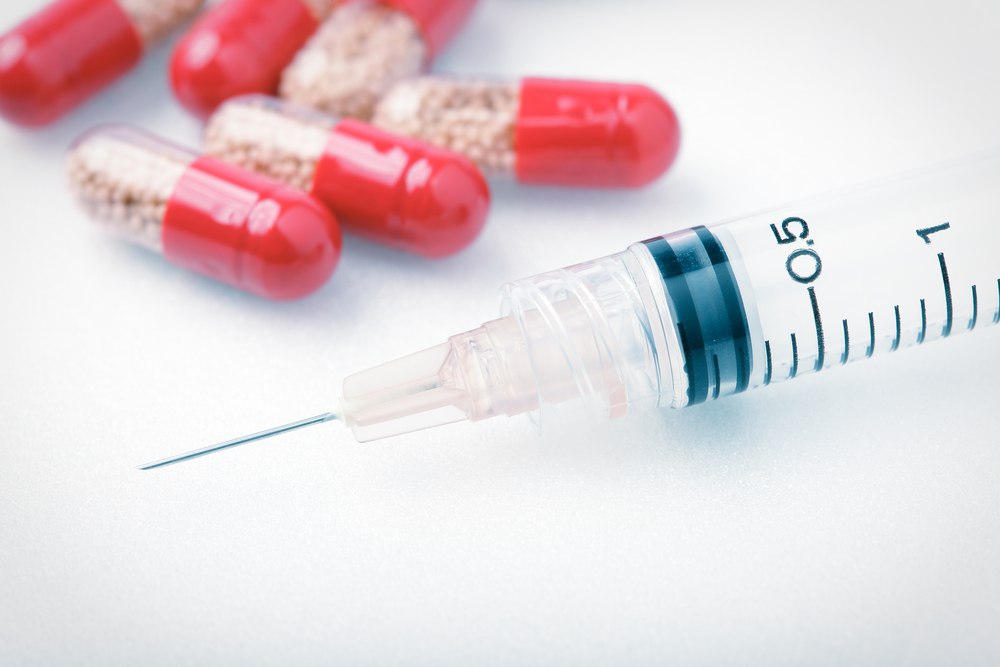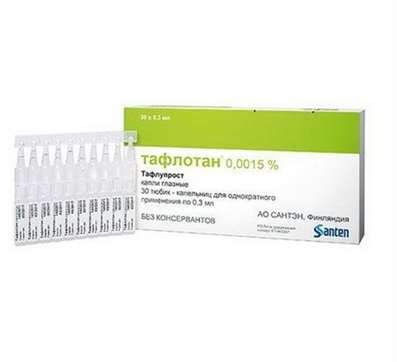Sertralinum
22 Feb 2018
Sertralinum - an antidepressant from the group of selective serotonin reuptake inhibitors (SSRIs).
Trade names are "Asentra", "Deprespolt", "Zoloft", "Emoton", "Seralin", "Serenata", "Sellyft", "Stimuloton", "Torin", "Adjuvin", "Misol".
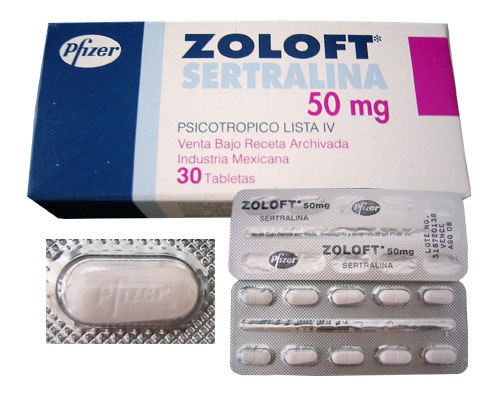
In a 2009 study comparing 12 new-generation antidepressants, sertraline along with mirtazapine, escitalopramome venlafaxine was found to be one of the best. It has a stimulating and sedative effect and is used to treat patients with depression, accompanied by both inhibition, hypersomnia, apathy and anguish, and with anxious depression, anxiety, bad sleep, irritability. He quickly suppresses both anxious and phobic component, and longing, although at the beginning of therapy can increase the manifestations of anxiety, which sometimes requires the appointment of tranquilizers.
In combination with cognitive-behavioral psychotherapy, sertraline gives excellent results in the treatment of obsessive-compulsive disorder (OCD).
Sometimes reduces the sensitivity of the sexual act, which can persist for some time after stopping the drug. During the entire period of use, some patients developed the idea of suicide and / or aggression to others. There have also been cases of committing suicides and murders during and after the end of the drug use period, for example shooting in American schools, as well as committed suicides. Despite the final decision of the international pharmaceutical commission on the high effectiveness of the drug, the question of its controversial effectiveness and the absence of side effects is now being raised again.
History of creation
The drug was developed by the pharmaceutical company Pfizer. Initially, the work was carried out on the drug "tametrolin", which was an inhibitor of the re-uptake of catecholamines. Tamerlagen has not proven itself as an effective antidepressant, since it demonstrated the undesirable effects of prohibited psychostimulants.
Many years later, studies of tametrolin resumed, resulting in the creation of sertraline. Sertraline differs from tametalin by the presence of two chlorine atoms in the molecule. However, studies have shown that this substance is an extremely selective inhibitor of serotonin reuptake. At the time of the research Pfizer considered other drugs as an antidepressant put forward on the broad market. However, scientists working on sertraline without any motivation persistently offered their invention. As a result of these actions, sertraline was sold under the trade name Zoloft and Lustral and for some time was the most prescribed remedy against depressive conditions in the USA.
pharmachologic effect
Antidepressant, a specific inhibitor of serotonin reuptake, enhances its effects, has little effect on the re-uptake of norepinephrine and dopamine; in therapeutic doses blocks the seizure of serotonin in human platelets. Suppression of serotonin reuptake activity increases serotonergic transmission, which leads to a subsequent inhibition of adrenergic activity in the blue nucleus (locus ceruleus). Sertraline also inhibits the excitation of serotonin neurons in the seam region (median line of the medulla oblongata); which leads to an initial increase in the activity of the blue core, followed by a decrease in the activity of postsynaptic beta-adrenergic receptors and presynaptic alpha-2-adrenergic receptors.
Does not cause drug dependence, does not have psychostimulating, sedative, m-holinoblokiruyuschego and cardiotoxic effect, does not change psychomotor activity. Due to selective inhibition of seizure of serotonin does not increase the activity of the sympathetic nervous system. Has no affinity for m-cholino-, serotonin (5-HT1A, 5-HT1B, 5-HT2), dopamine, adreno-histamine, GABA or benzodiazepine receptors; does not inhibit MAO. In contrast, tricyclic antidepressants in the treatment of depression or obsessive-compulsive disorder (obsessive-compulsive disorder) does not increase body weight. Unlike other representatives of SSRIs - to a lesser extent produces an inversion of phases from depression - in hypomaniacal and manic state. The initial effect develops by the end of the first week, to a greater extent after 2-4 weeks, the maximum therapeutic effect - after 3 months, from the beginning of the regular intake of the drug.
Indications for use
Depressive conditions (including those accompanied by a sense of anxiety); prevention of initial or chronic episodes of depression; obsessive-compulsive disorder; panic disorder, social phobia.
With poorly treatable depression, it is possible to use in combination with other drugs. Combine only drugs related to different groups of antidepressants. Sertraline can be combined, for example, with bupropion or mirtazapine.
Dosing and Administration
Inside, 50 mg, 1 time per day in the morning or evening, regardless of food intake. In the absence of effect, a gradual (for several weeks) increase in the dose to 200 mg / day (at 50 mg / week) is possible. Some clinicians recommend prescribing a dose of 25 mg / day for 1-2 days. Panic disorders: the initial dose is 25 mg / day, followed by an increase to 50 mg / day for 1 week. In the case of prolonged maintenance therapy, a minimum effective dose is prescribed, which is subsequently changed depending on the effect. Obsessive-compulsive disorders and social phobias: in children and adolescents 13-17 years, the initial dose is 50 mg / day, in children 6-12 years, the initial dose is 25 mg / day, followed by an increase in 1 week to 50 mg / day . If the effect is insufficient, the dose can be increased stepwise at 50 mg / day to 200 mg / day, with an interval of at least 1 week. In elderly patients, the initial dose is 25 mg / day (morning or evening) followed by a gradual increase.
Contraindications
Manic conditions, hypersensitivity, liver disease, alcohol poisoning, psychotropic drugs and other drugs, pregnancy, lactation, simultaneous administration of MAO inhibitors. C caution. Neurological disorders (including delayed mental development), epilepsy, hepatic and / or renal failure, weight loss, child age.
Treatment of obsessive-compulsive disorder with sertraline
Studies have shown that sertraline is slightly more effective in treating OCD than an antidepressant of the same class of SSRIs Fluoxetine (Prozac). With insufficient effect, increasing the dose above the recommended dose (50-200 mg) did not yield any results. Participants in the studies confirmed the positive effect of sertraline treatment and maintenance of this effect for a year or more of sertraline. The constant use of the drug is not required by everyone. However, when the drug was discontinued, OCD exacerbations were often observed, which were a consequence of side effects or withdrawal syndrome. 48% of patients who stopped using the drug felt the same as those who continued treatment. Sertralin is effective in the treatment of OCD in adults and children. It is known that setralin can be used in OCD with concomitant Tourette's syndrome, but it can cause an exacerbation of tics in the Tourette syndrome.
Side effects:
Anxiety, affect inversion (development of mania or hypomania), tremor, hyperhidrosis, allergic reactions, bleeding (including nasal), palpitations, dry mouth, decreased appetite. Rarely - increased appetite (possibly as a consequence of eliminating depression), nausea, vomiting, unstable stools, diarrhea, stomach or abdominal cramps, flatulence or pain, weight loss; headache, dizziness, insomnia, drowsiness, movement disorders (extrapyramidal symptoms, gait alteration), akathisia, convulsions, paresthesia, symptoms of depression, hallucinations, aggressiveness, agitation, anxiety, psychosis, skin hyperemia or "hot flushes" (including blurred vision), yawning, increased sweating, impaired sexual function (delayed ejaculation, priapism, decreased potency and / or libido, anorgasmia), dysmenorrhea, galactorrhea, hyponatremia (ADH inadequate secretion syndrome), hyperpres laktinemiya, withdrawal syndrome, erythema multiforme, skin rash and itching. In rare cases - serotonin syndrome.
Can lead to emotional and behavioral changes, including an increased risk of suicide.

 Cart
Cart

